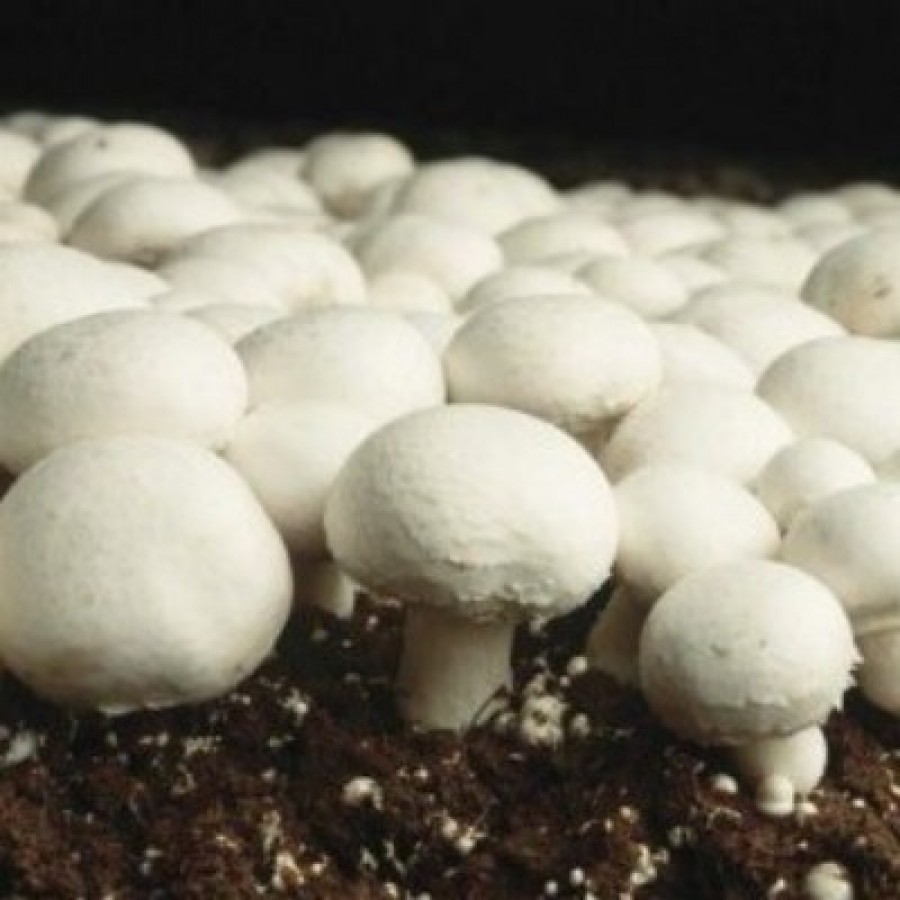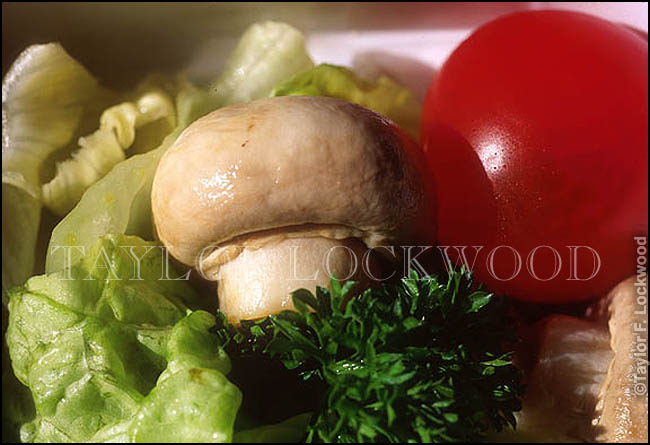
The monocytic THP-1 human myeloid leukemia cell line expresses the Fc receptor and can be induced by phorbol 12-myristate 13-acetate (PMA) to differentiate into macrophage-like morphology. All these effects collaborate to modulate cell differentiation and proliferation, enabling the host to defend itself against pathogens and tumors. By binding to their receptors, the bioactive polysaccharides activate various immune pathways like phagocytosis, complement activity, and respiratory burst and also the production of cytokines such as tumor necrosis factor-α (TNF-α), different kinds of interleukins (IL's) and enzymes as cyclooxygenase-2 (COX-2). infectious disease, as well as anti-inflammatory cells with a reparatory effect, as in wound healing. Macrophages might behave both as pro-inflammatory cells to prevent e.g. That is, they function as antigen-presenting cells to the T cells controlling immunity. They process antigen material and present it on their surface to other cells of the immune system. ĭendritic cells (DC's) and macrophages play important roles in many host reactions. These activities are responsible for enhancing the innate and cell-mediated immune responses, and consequently, for the induction of antitumoral and bactericidal effects. Bioactive polysaccharides are recognized by membrane receptors in leukocytes and macrophages, leading to proliferation and differentiation of immune cells. Mushroom polysaccharides have traditionally been used for the prevention and treatment of a multitude of disorders like infectious illnesses, cancers and various autoimmune diseases. brasiliensis reduced synthesis of these cytokines induced by LPS, suggesting programmable immunomodulation. Semi-purified polysaccharide extracts from both Agaricus species stimulated the production of pro-inflammatory cytokines and enzymes, while the polysaccharide extract of A. bisporus shows high mannogalactan content whereas A. brasiliensis show major differences in composition: A. The polysaccharide preparations from the closely related species A. Pro-inflammatory effects of bacterial LPS in this assay could be reduced significantly by the simultaneous addition of A. The extracts induced a comparable increase of transcription of the pro-inflammatory cytokine genes IL-1β and TNF-α as well as of COX-2 in PMA differentiated THP-1 cells. bisporus presented mannogalactan as its main polysaccharide. brasiliensis showed a higher content of β-glucan, while A. Their proportions were determined by integration of 1H-NMR signs, and were considerably different for the two species. brasiliensis (= blazei) were found to contain (1→6),(1→4)-linked α-glucan, (1→6)-linked β-glucan, and mannogalactan.

Semi-purified polysaccharide extracts of A. PMA activated THP-1 cells were treated with the extracts under different conditions and the production of pro-inflammatory cytokines was evaluated by qPCR.

Their composition was analyzed by GC-MS and NMR spectroscopy. Mushroom polysaccharide extracts were prepared by hot water extraction and precipitation with ethanol. brasiliensis and to study their effects on the innate immune system, in particular on the in vitro induction of pro-inflammatory cytokines, using THP-1 cells. For the present study we decided to chemically determine the carbohydrate composition of semi-purified extracts from 2 closely related and well known basidiomycete species, i.e.

Crude mushroom extracts have been tested without detailed chemical analyses of its polysaccharide content.


 0 kommentar(er)
0 kommentar(er)
